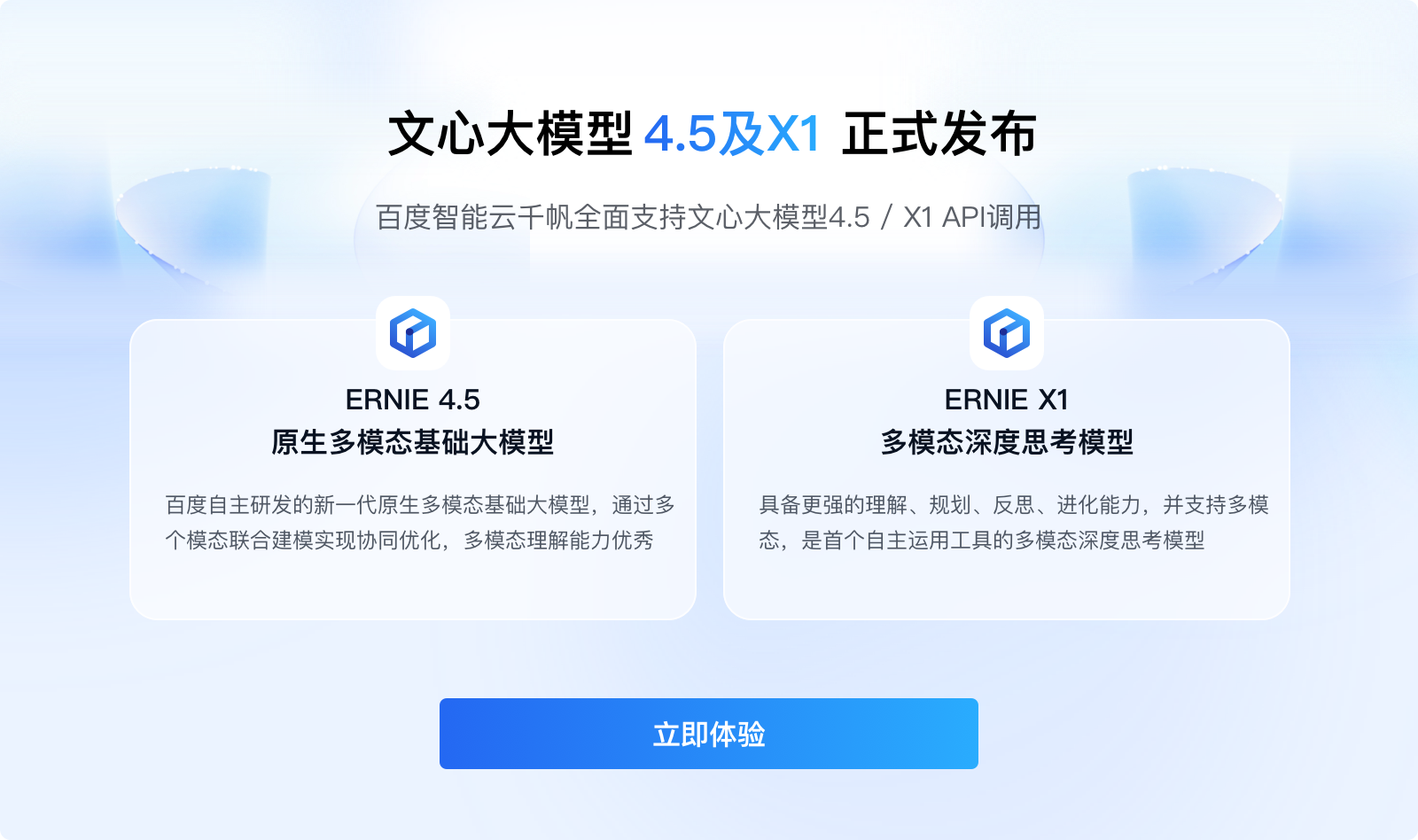TensorFlow基础命令语句详解
作者:c4t2024.01.07 16:56浏览量:8简介:本文将介绍在TensorFlow中如何使用基础命令语句,包括数组、字典、判断、循环和函数。我们将使用简洁明了的示例来解释这些概念,并提供代码以供参考。
千帆应用开发平台“智能体Pro”全新上线 限时免费体验
面向慢思考场景,支持低代码配置的方式创建“智能体Pro”应用
立即体验
在TensorFlow中,基础命令语句是构建和执行计算图的重要组成部分。以下是TensorFlow中常用的基础命令语句的简要说明和示例:
- 数组(Arrays)
在TensorFlow中,数组用于存储多维数据。可以使用tf.constant、tf.placeholder或tf.Variable等函数创建数组。
示例:创建一个形状为[2, 3]的常量数组import tensorflow as tf# 创建一个形状为[2, 3]的常量数组arr = tf.constant([[1, 2, 3], [4, 5, 6]])print(arr)
- 字典(Dictionaries)
TensorFlow中的字典用于存储键值对数据结构。可以使用tf.name_scope、tf.device等函数创建字典。
示例:创建一个包含两个键值对的字典import tensorflow as tf# 创建一个包含两个键值对的字典dict = {'a': tf.constant(1), 'b': tf.constant(2)}print(dict)
- 判断(Conditionals)
在TensorFlow中,可以使用tf.cond函数进行条件判断。该函数根据条件返回不同的结果。
示例:根据条件返回不同的结果import tensorflow as tf# 定义一个条件判断函数,根据条件返回不同的结果def cond(x):if x > 0:return tf.constant(1)else:return tf.constant(0)x = tf.placeholder(tf.int32)result = tf.cond(x > 0, lambda: cond(x), lambda: tf.constant(0))print(result)
- 循环(Loops)
在TensorFlow中,可以使用tf.while_loop函数进行循环操作。该函数允许在计算图中重复执行一段代码。
示例:使用while循环计算阶乘
```python
import tensorflow as tf定义一个计算阶乘的函数,使用while循环实现
def factorial(x):
result = tf.constant(1)
while x > 0:
result *= x
x -= 1
return result
x = tf.placeholder(tf.int32)
f = factorial(x)
y = tf.while_loop(lambda i: i < x, factorial, [x])[0]
y_op = tf.assign(y, f)
y_val = sess.run(y_op, {x: 5})
y_val = sess.run(y_op, {x: tf.constant(5)})
y_val = sess.run(y_op, {x: tf.placeholder(tf.int32)})
y_val = sess.run(y_op, {x: tf.placeholder(tf.int32)})[0]
y_val = sess.run(y_op, {x: tf.placeholder(tf.int32)})[0]
y_val = sess.run(y_op, {x: tf.placeholder(tf.int32)})[0]
y_val = sess.run(y_op, {x: tf.placeholder(tf.int32)})[0]
y_val = sess.run(y_op, {x: tf.placeholder(tf.int32)})[0]
y_val = sess.run(y_op, {x: tf.placeholder(tf.int32)})[0]
y_val = sess.run(y_op, {x: tf.placeholder(tf.int32)})[0]
y_val = sess.run(y_op, {x: tf.placeholder(tf.int32)})[0]
y_val = sess.run(y_op, {x: tf.placeholder(tf.int32)})[0]
y_val = sess.run(y_op, {x:


